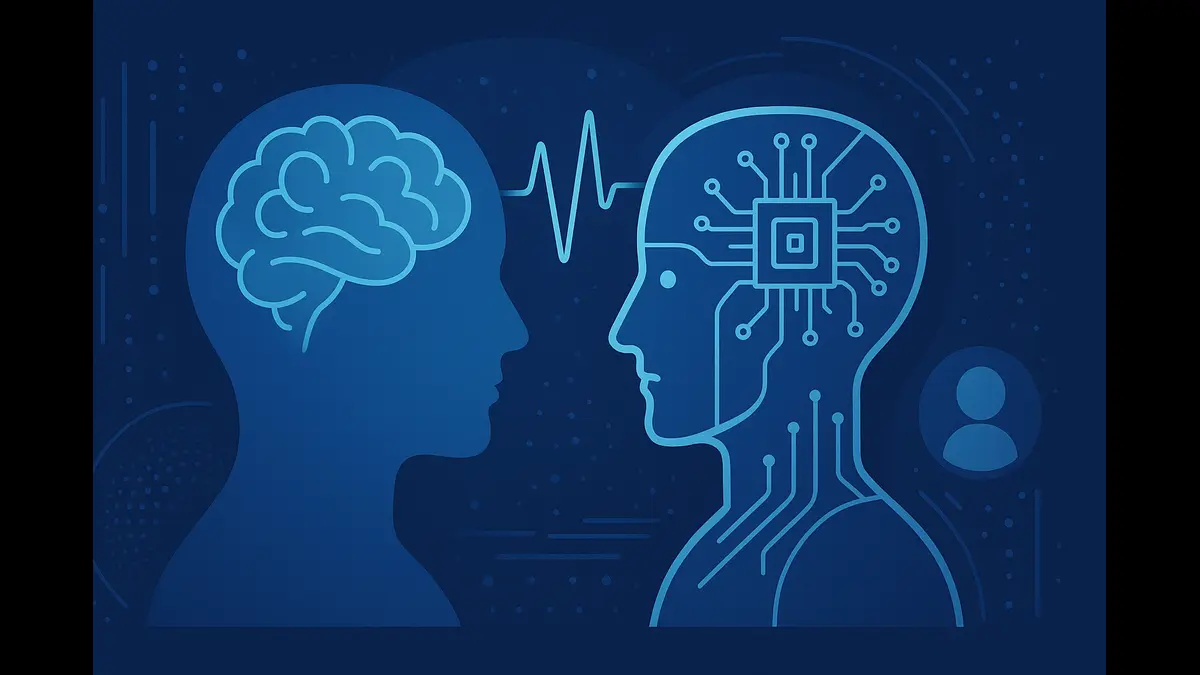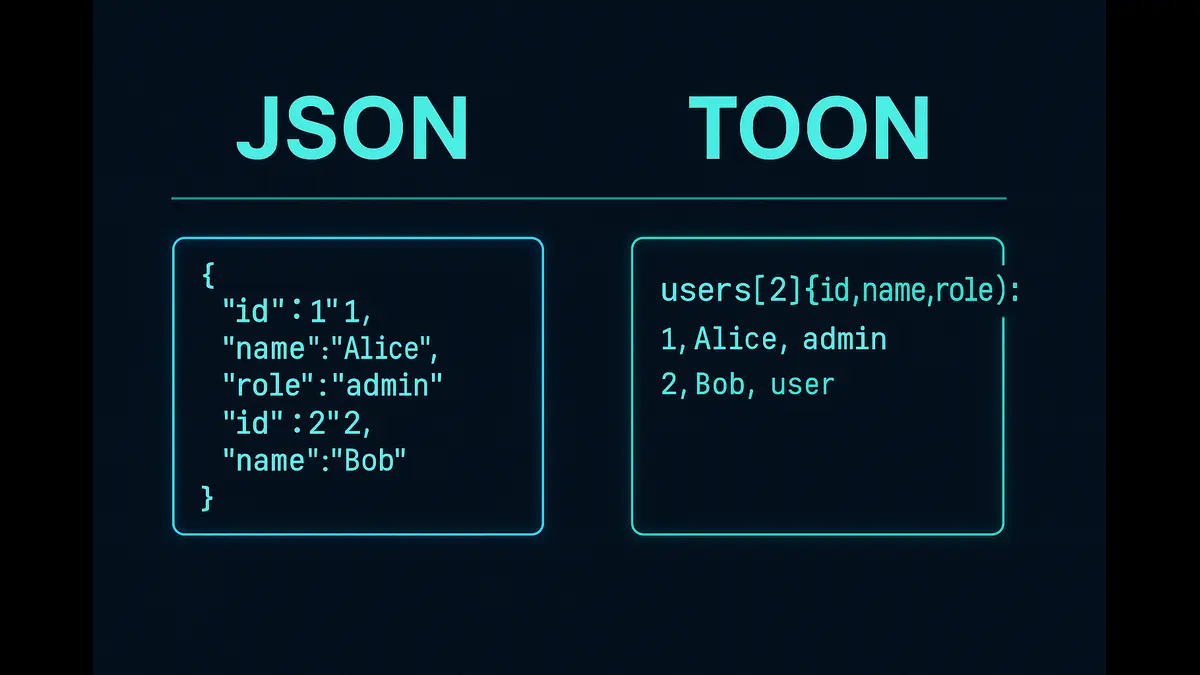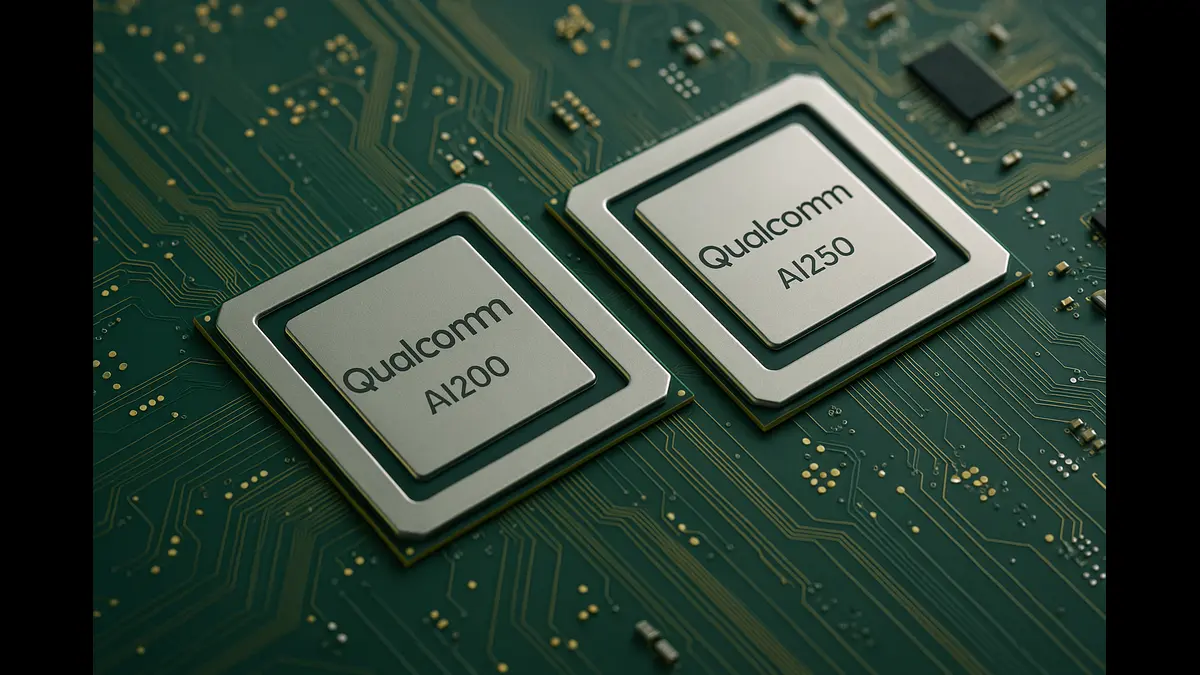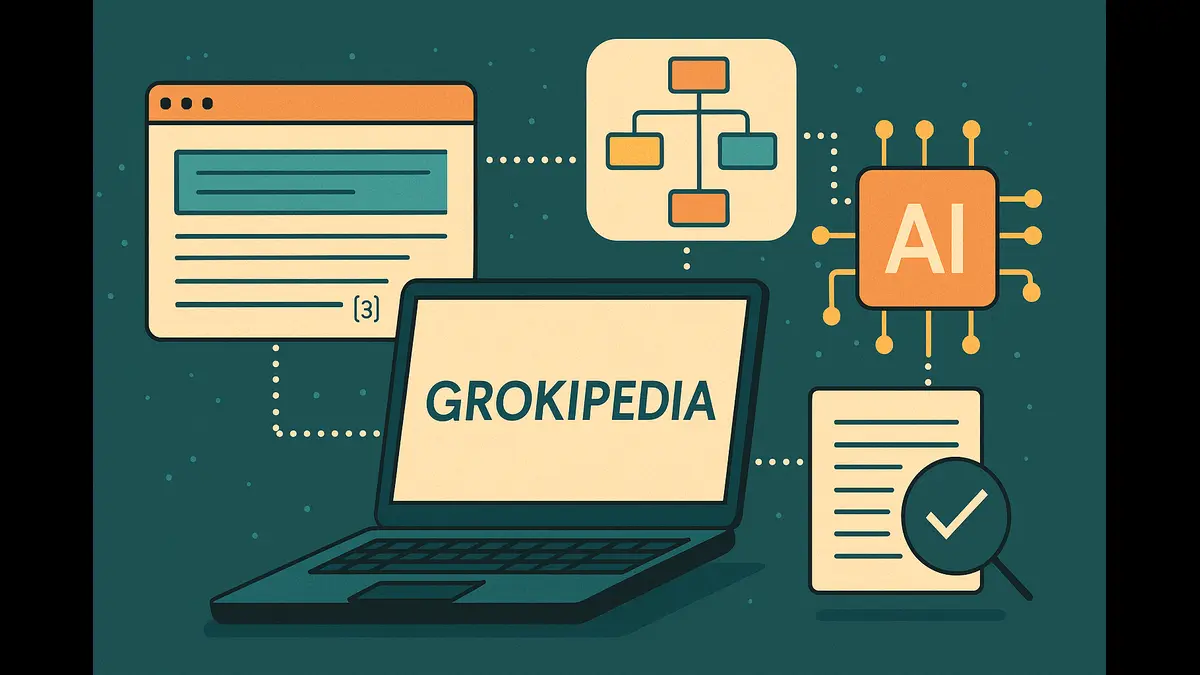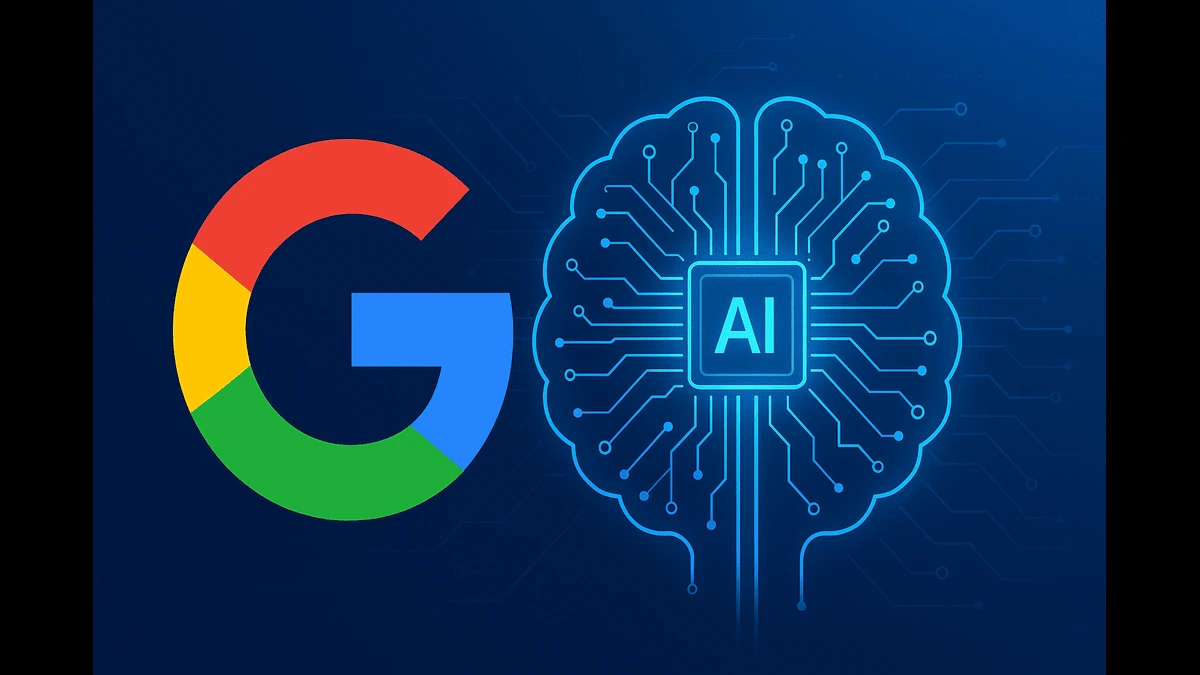
In a development poised to reshape the artificial intelligence (AI) landscape, Microsoft is reportedly preparing to host Elon Musk’s Grok AI model, developed by xAI, on its Azure AI Foundry platform. This strategic partnership, first reported by The Verge on May 1, 2025, aims to empower developers with advanced AI tools, fostering innovation in AI-driven applications. By combining Microsoft’s robust cloud infrastructure with xAI’s cutting-edge AI technology, the collaboration highlights significant strategic synergies that could benefit both companies and the broader AI ecosystem. However, the move may stir controversy due to tensions with Microsoft’s existing partner, OpenAI, given xAI leadership’s history of spat with OpenAI’s leadership.
This article explores the partnership’s technical aspects, strategic motivations, and potential implications for the AI industry.
Grok AI: Some Key Aspects
Grok AI, created by xAI, is an advanced generative AI chatbot designed to deliver informative, engaging, and truthful responses. Let us look at some of its key features.
Feature | Description |
|---|---|
Advanced Reasoning | Grok 3 excels in complex query handling through large-scale reinforcement learning, thinking for seconds to minutes to ensure accurate responses. |
Real-Time Data Access | Integrates with X for up-to-date answers, ideal for dynamic applications. |
Multimodal Understanding | Grok Vision processes text and visual data, supporting image recognition and augmented reality. |
Truth-Seeking Design | Prioritizes objectivity, addressing controversial questions. |
Accessibility | Available on grok.com, iOS, Android, and via API, with enhanced speed and multilingual support. |
Grok’s performance has been benchmarked against models like OpenAI’s GPT-4-series and Google’s Gemini 2.5, showing strengths in math, science, and coding tasks, though some comparisons are debated.
Azure AI Foundry: Microsoft’s AI Development Platform
Azure AI Foundry is Microsoft’s comprehensive platform for AI development, designed to streamline the creation, deployment, and management of intelligent applications. It provides developers with a robust suite of tools and services, making AI accessible to organizations without deep expertise. Key features include:
Feature | Description |
|---|---|
Model Catalog | Offers foundation, open, task-specific, and industry-specific AI models for evaluation and deployment. |
Customization | Enables fine-tuning to adapt models for specific use cases, enhancing performance. |
AI Services | Includes generative AI, NLP, speech, vision, and decision-making tools for seamless integration. |
GenAIOps Tools | Provides monitoring, optimization, and security features for responsible AI deployment. |
Developer Integration | Integrates with popular development environments via SDKs and APIs. |
Azure AI Foundry’s scalability and flexibility make it an ideal platform for hosting advanced AI models like Grok. Microsoft’s experience hosting models from providers like DeepSeek demonstrates its capability to support diverse AI technologies.
Strategic Synergies and Benefits
The partnership between Microsoft and xAI is driven by mutual strategic interests, creating synergies that enhance both companies’ positions in the AI market.
Benefits for Microsoft
- Diversified AI Portfolio: Hosting Grok AI allows Microsoft to offer a broader range of AI models, reducing reliance on OpenAI and providing developers with more options. This diversification strengthens Azure’s appeal in a competitive market.
- Enhanced Internal Capabilities: Microsoft can leverage Grok’s real-time data access and reasoning to improve its own products, such as Bing and Office 365, enhancing user experiences.
- AI Infrastructure Leadership: The partnership aligns with CEO Satya Nadella’s vision to position Azure as the premier hub for AI models, reinforcing Microsoft’s role as a neutral platform supporting diverse AI technologies.
Benefits for xAI
- Scalability and Global Reach: Azure’s robust infrastructure provides xAI with a scalable platform to distribute Grok AI to a global audience, enabling seamless integration into diverse applications.
- Credibility and Validation: Partnering with Microsoft, a cloud computing leader, validates xAI’s technology, enhancing its reputation and attracting users, investors, and talent.
- Resource Leverage: xAI can utilize Microsoft’s expertise and infrastructure to optimize Grok’s performance and accelerate its development, supported by xAI’s recent $6 billion Series C funding.
- Revenue Opportunities: Azure’s extensive customer base offers xAI new revenue streams through increased adoption of Grok AI by developers and enterprises.
Technically, hosting Grok AI on Azure AI Foundry enables developers to integrate its capabilities using Azure’s unified API and SDKs, streamlining development and enabling innovation in applications like customer service chatbots and advanced data analytics.
Potential Challenges
The partnership faces potential mishaps, primarily due to Microsoft’s existing relationship with OpenAI. Elon Musk’s public feud with OpenAI’s CEO, Sam Altman, over the company’s direction could complicate the business relationship. Musk has criticized OpenAI for prioritizing corporate gain over its original mission, as noted in reports. Hosting Grok AI might be perceived as Microsoft aligning with Musk, potentially straining its OpenAI partnership. However, Microsoft’s inclusive approach—supporting models from Anthropic and Google—suggests a strategy to maintain a diverse AI ecosystem.
Additionally, the exclusivity of the deal and Microsoft’s role in training future Grok models remain unclear, adding uncertainty to the partnership’s scope.
Potential Implications for the AI Industry
The integration of Grok AI into Azure AI Foundry could have significant implications for the AI landscape:
- Increased Competition: Developers gain access to a wider variety of AI models, fostering innovation and driving competition among AI providers.
- New Hosting Standards: The partnership could set a precedent for neutral platforms hosting multiple AI models, promoting collaboration and reducing reliance on proprietary ecosystems.
- Advancement of AI Technology: Combining xAI’s innovative model with Microsoft’s infrastructure could lead to more sophisticated AI applications, such as enhanced chatbots and analytics tools.
The potential hosting of Grok AI on Microsoft’s Azure AI Foundry represents a strategic alliance that could drive significant innovation in AI development. For Microsoft, it fortifies its position as a leader in AI infrastructure, while for xAI, it provides a scalable platform to reach a global audience. Despite challenges, such as tensions with OpenAI, the partnership’s synergies—diversified offerings, developer attraction, and enhanced capabilities—position both companies for growth. As the technology industry awaits official confirmation, possibly at Microsoft’s Build conference on May 19, 2025, this collaboration underscores the dynamic and competitive nature of the AI landscape, signaling a new chapter in AI evolution.
Discover more from Poniak Times
Subscribe to get the latest posts sent to your email.

